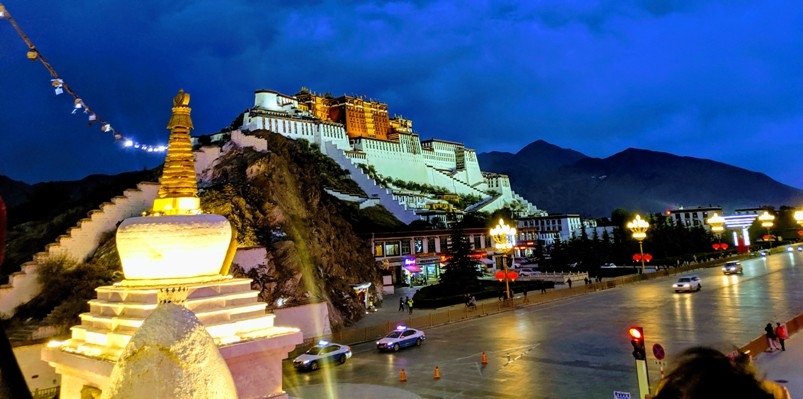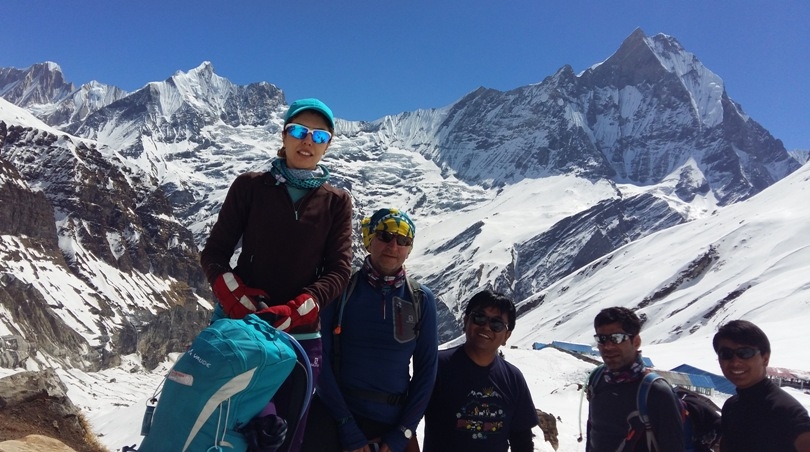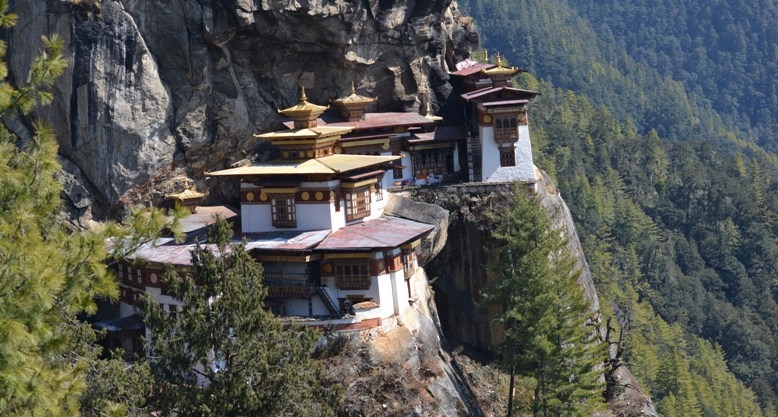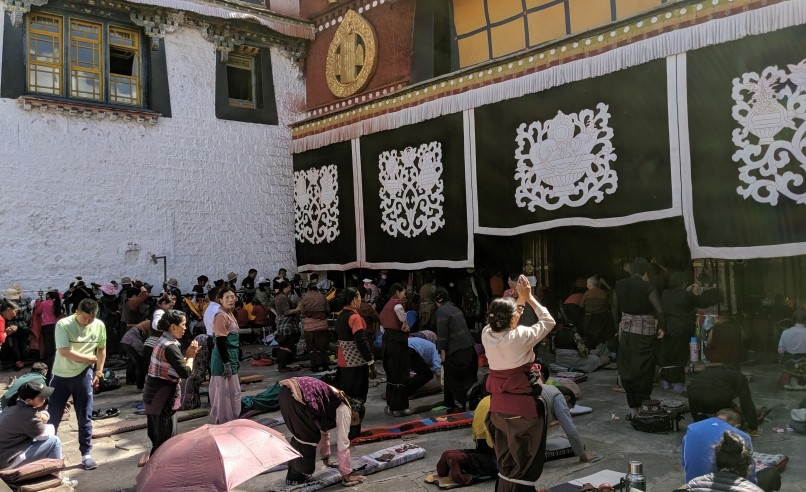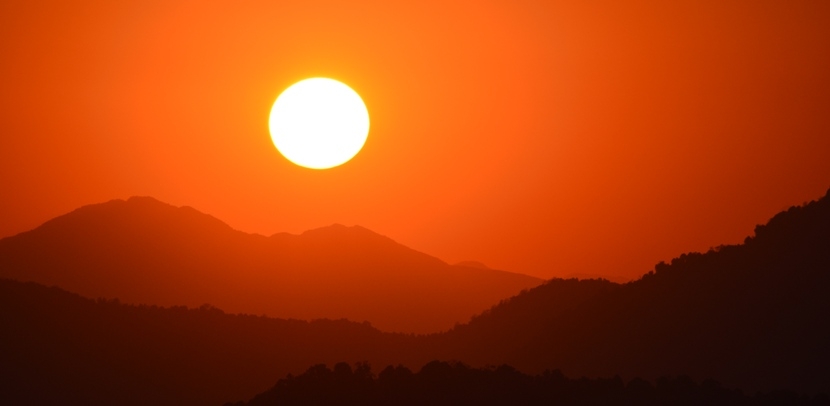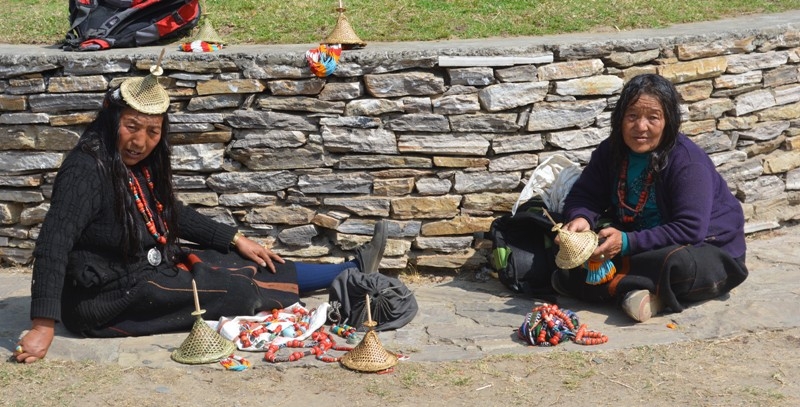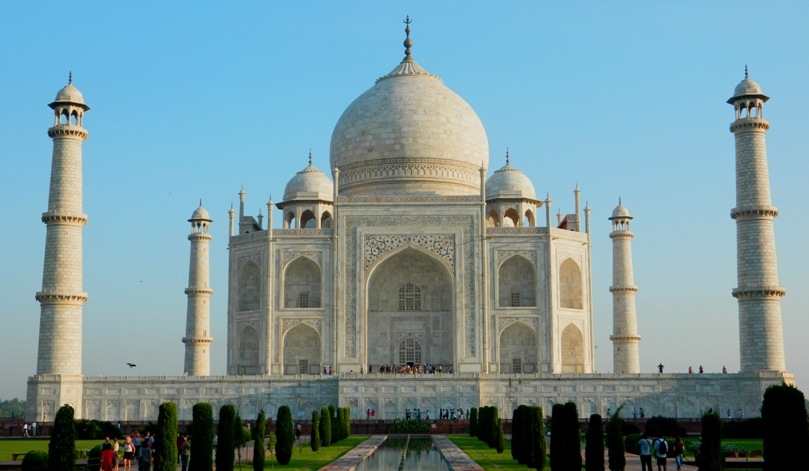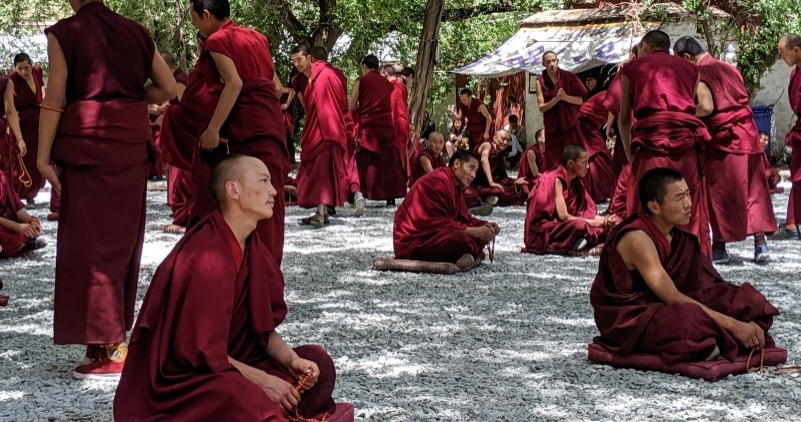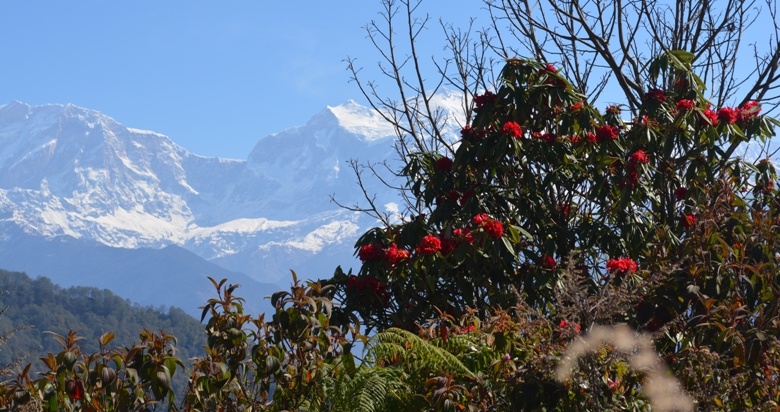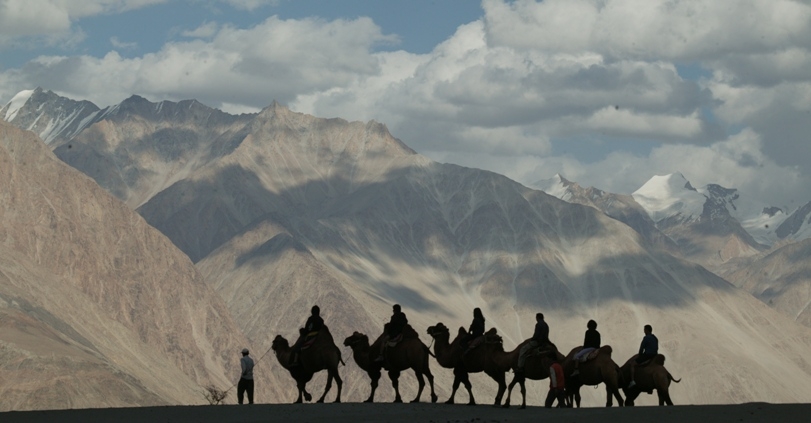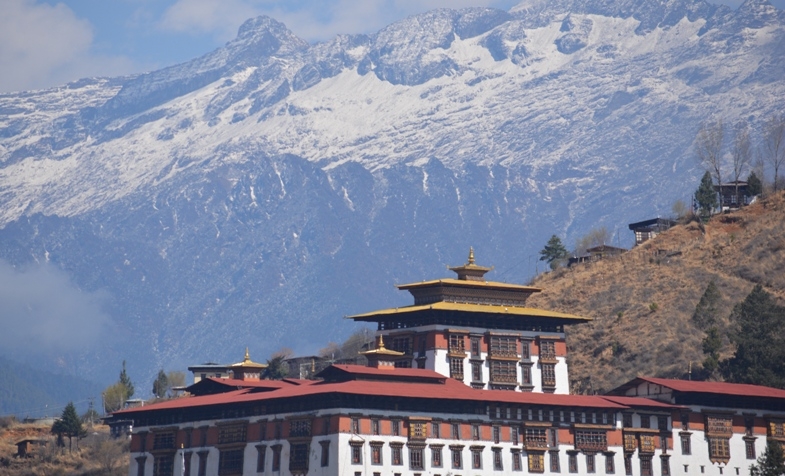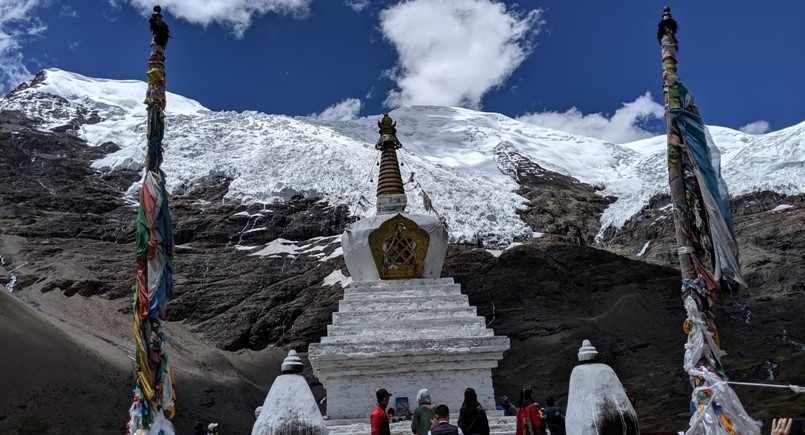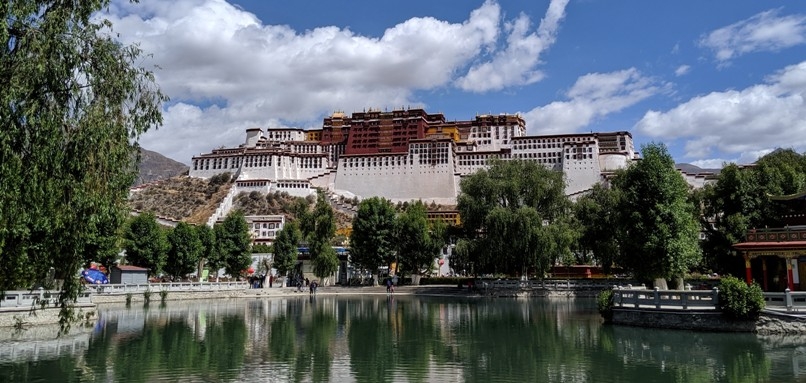-3a366dacf47786845cfa0acd722fbfe8.jpg&width=260px)
Myanmar, formerly known as Burma, a land of friendly people, a land of million pagodas, to name a few, is rich in natural and cultural resources. For its long history and big size, it is an ideal place to experience the archeology as well as flora and fauna. There are a lot of existing and newly-developed destinations in Myanmar. Not only natural and man-made places but also its friendly people itself are also uniquely attractive.
Continue to Vientiane, Laos, the city dominated by the serene Buddhist Monasteries, and drive to The Famous Plains of Jars, before visiting Luang Prabang, the formal capital of Laos and an UNESCO World Heritage City.
- Day 01 Arrive Yangon, transfer to hotel
- Day 02 Fly Yangon-Bagan
- Day 03 Bagan-Pakaku-Bagan
- Day 04 Fly Bagan-Mandalay
- Day 05 Fly Mandalay - Heho, transfer to Inle Lake
- Day 06 In and around Inle lake
- Day 07 Inle Lake- Heho, fly to Yangon
- Day 08 Fly Yangon-Bangkok-Vientiane, Laos
- Day 09 Vientiane - Vang Vieng
- Day 10 Overland Bang Vieng - Phonsavanh
- Day 11 Overland Phonsavanh - Luang Prabang
- Day 12 Sightseeing in Luang Prabang
- Day 13 Luang Prabang
- Day 14 Luang Prabang- U.S. or an extension
Day 01 Arrive Yangon, transfer to hotel
Upon arrival in Yangon, you will be met and transferred to hotel.
Afternoon at leisure, or just explore around the down town.
Yangon lies in the fertile delta of southern Myanmar, on the wide Yangon River. The city is filled with shaded boulevards, while shimmering Stupas float above the treetops. The city became the capital only in 1885, when the British completed their conquest of Upper Myanmar and Mandalay's brief period as capital of the last Burmese kingdom ended.
Overnigth Yangon.
Day 02 Fly Yangon-Bagan
Transfer to airport and fly to Bagan. Sightseeing in Bagan.
Bagan is a spectacular plain stretching away from the Ayeyarwaddy River, dotted with thousands of 800-year old temple ruins. Although human habitation at Bagan dates back almost to the beginning of the Christian era, Bagan only entered its golden period with the conquest of Thaton in 1057 AD.
SHWEZIGON PAYA: King Anawrahta started the construction of the Schwezigon Pagoda to enshrine some relicts of Buddha. The construction was finished by his successor, King Kyansittha between 1086 and1090. Originally the Shwezigon Pagoda marked the northern end of the city of Bagan. The stupa's graceful bell shape became a prototype for virtually all later stupas over Myanmar.
GUBYAUKHYI TEMPLE at Wetkyi-Inn: This Temple was built in the early 13th Century and repaired in 1468. The great colorful painting about the previous life of Buddha and the distinguished architecture make this temple an interesting site for a visit. This temple is not to be confounded with the Gubyaukgyi Temple in Myinkabe.
ANANDA PAHTO: one of the finest, largest, best preserved and most revered of the Bagan temples. Thought to have been built around 1105 by King Kyanzittha, this perfectly proportioned temple heralds the stylistic end of the Early Bagan period and the beginning of the Middle period.
GUBYAUKGYI TEMPLE at Myinkaba: Built in 1113 by Kyanzittha son Rajakumar, this temple is famous for its well-preserved Stuccos from the 12th century on the outside walls. The magnificent paintings date from the original construction of the temple and are considered to be the oldest original paintings in Bagan.
MANUHA TEMPLE: The Manuha Temple was built in 1059 by King Manuha, the King of Thaton, who was brought captive to Bagan by King Anawrahta. It enshrines the unusual combination of 3 seated and one reclining image Buddha. It is said that this temple was built by Manuha to express his displeasure about his captivity in Bagan.
SHWESANDAW PAYA: In 1057 King Anawrahta built this Pagoda following his conquest of Thaton. This is the first monument in Bagan, which features stairways leading up from the square bottom terraces to the round base of the Stupa. This Pagoda is ideal to watch Bagan's magnificent sunsets.
LACQUERWARE WORKSHOP: the villages around Bagan are known for producing the finest lacquerware in Myanmar. Stop by one of the workshops and learn about the painstaking process of laquerware making and decoration.
Enjoy a panoramic view of the sun setting over the plain of Bagan from one of the pagoda platforms.
Overnight in Bagan.
Day 03 Bagan-Pakaku-Bagan
Drive to Pokaku town, central Myanmar (Burma), an un-spoiled small town famous as a tobacco trading centre and for its weaving shops. Arrive Pakokku and visit the local market and see genuine indigenous regional open-air market with a vast array of things for sale including local’s snacks, fresh vegetables, ingredient, textiles, handy crafts, etc. If time allows, continue to see the small Thanaka vendor, cheroots factory and slippers workshop and wood carving sculpture and Thihoshin Pagoda.
THIHOSHIN PAGODA : The Thiho Shin is one of the most famous pagodas in Pakokku. It was built by King Alaungsithu. The pagoda contains an image presented by the King of Ceylon some 800 years ago and the image is one of the most revered in Myanmar. The festival of the Thiho Shin Pagoda is held from 8th waxing to the 10th waning day of Nayon (June), with traditional plays and zat pews (although not, for the last few years, puppet shows). This is a typical a-nyar (Upper Myanmar) festival.
Back to Bagan and Overnight Bagan.
Day 04 Fly Bagan-Mandalay
Transfer to airport and fly to Mandalay. Sightseeing in Amarapura and Mandalay.
The last capital of royal Burma, Mandalay is still one of the largest cities in Myanmar, and a cultural and spiritual center. Neighboring Sagaing is home to over sixty percent of the country's monks, while the artisans of Mandalay continue to turn out the finest crafts in Myanmar.
In the morning, head to AMARAPURA, also a former royal capital, and visit MAHAGANDAYON MONASTERY; in the morning, monks and novices line up to receive their daily offering of alms and food from faithful Buddhists.
Enjoy the atmosphere of U BEIN'S BRIDGE, a picturesque teak bridge which extends over one kilometer across Taungthaman Lake, and the highlight of any visit to Amarapura.
Continue to Mandalay, stopping first at MAHAMUNI PAYA. The Mahamuni image enshrined here is perhaps the most venerated image in Myanmar, covered in over 15 cm of gold leaf. Worshippers flock daily to the shrine at four in the morning to observe the unique face-washing ceremony.
En- route to the pagoda, stop to observe the laborious process of GOLD-LEAF BEATING, where gold is painstakingly hammered out into tissue-thin squares. Continue to SHWENANDAW KYAUNG, or the Golden Teak Monastery. Built entirely of golden teak, this intricately carved wooden monastery was once part of the Mandalay Palace, used as private apartments by King Mindon and his chief queen. Afterwards visit KYAUKAWGYI PAYA, famous for its monumental seated Buddha, carved from a single block of marble, and the elegant SANDAMANI PAYA. The final stop is at KUTHODAW PAYA, known also as "the world's biggest book". Around the central stupa are miniature pavilions, each housing a slab of marble. Numbering altogether 729, these slabs are inscribed with the entire Tripitkata, or Buddhist scriptures.
Visit Mandalay Hill at sunset.
Overnight Mandalay.
Day 05 Fly Mandalay - Heho, transfer to Inle Lake
Transfer to airport and fly to Heho. By vehicle from Heho to Inle Lake.
Excursion by boat on Inle Lake through the canals to visit various villages on the lake
INLE LAKE: Inle Lake, located in Shan State, is beautiful, with very calm waters dotted with patches of floating vegetation and fishing canoes. High hills rim the lake on all sides. The lake's shore and islands bear 17 villages on stilts, mostly inhabited by the Intha people. Enjoy the spectacular scenery and observe the skilled fisherman using their leg-rowing technique to propel themselves around the lake.
Taking a boat trip along the lake to see local life with opportunity to see the way that fisherman row their boats while standing on one leg. Enjoy visiting various villages
Overnight in Inle Lake.
Day 06 In and around Inle lake
Visit the floating gardens, a market and a Intha village around the lake (please note that no markets take place on full moon or new moon days).
The day sightseeing also includes a visit to the PHAUNG DAW OO PAGODA, INN PAW KHON VILLAGE (Lotus and silk weaving) and the NGA PHE KYAUNG MONASTERY.
Overnight Inle Lake.
Day 07 Inle Lake- Heho, fly to Yangon
Return to airport at Heho, and fly to Yangon.
Sightseeing tour of Yangon.
Start the tour at the SULE PAGODA, a gleaming octagonal pagoda that stands squarely at the center point of the city. Afterwards, visit the NATIONAL MUSEUM to gain an insight into Myanmar. See the eight meter high Sihasana Lion Throne, used by the last Burmese king, and other fascinating artifacts from Burmese history and culture.
Finally, continue to the SHWEDAGON PAGODA, the highlight of any visit to Yangon. Towering over the city, this pagoda is the most sacred spot in the country, built to house eight hair relics of the Buddha. The Shwedagon and surrounding shrines are at their most beautiful during the sunset hour, as the golden Stupa reflects the changing colors of twilight.
Overnight Yangon.
Day 08 Fly Yangon-Bangkok-Vientiane, Laos
Transfer to airport, fly to Bangkok and connect a flight to Vientiane, Laos
Upon arrival in Vientiane, you will be met and transferred to hotel.
Ovenright Vientiane.
Day 09 Vientiane - Vang Vieng
Morning tour of Vientiane, the capital city of Laos, Vientiane still feels like a sleepy city with relaxed charm, tree-lined boulevards, interesting wats and colorful markets. Tour the different highlights of the city, including PHA THAT LUANG, a gleaming golden stupa which is perhaps most important national monument in Laos; HO PHA KEO, the formal royal temple, now a museum with beautiful examples of Buddhist sculpture; WAT SI SAKET, PATUXAI, a monumental arch inspired by the Arc de Triomphe, but executed with Lao motifs and WAT SI MUANG. End your day at the TALAAT SAO, or the "morning market" (actually open all day), the best place to buy traditional Lao fabrics.
By vehicle from Vientiane to Vang Vieng with a boat trip on Nam Ngum Lake
Drive to the north through the scenic province of Vientiane. The climate is pleasant and the views are nice, with mountains and cliffs along the first part of the journey. Visit SALT FIELD in Ban Keun. Continue for a boat ride on NAM NGUM LAKE, a serene, man-made reservoir which also generates most of the electricity sold to Thailand. Stop at Talat fish market in Huay Mor before continuing to vang Vieng.
Overnight in Vang Vieng
Day 10 Overland Bang Vieng - Phonsavanh
Today drive to Xieng Khuang.
Excursion to the Plain of Jars (Sites I and II) and Muang Khoun.
The famous PLAIN OF JARS, a vast area extending around Phonsavanh from the south-west to the north-east. Mysterious and ancient, over 300 huge stone jars apparently carved out of solid rock are scattered around the plateau. The jars vary in size from 1 to 3.25 meters high and weigh up to six tons each. There are several different theories as to the purpose of the jars, which are estimated to be 2,500 to 3,000 years old. According to local legend, King Khun Chuang had them constructed in order to store wine for the celebration of his conquest of the province in the 6th century.
Today's tour will focues on SITE I and SITE II, out of the many sites so far discovered. Stop at BAN NA PIA (War Spoon Village). Afterwards continue to MUANG KHOUN, an ancient capital and stronghold for the Xieng Khuang royal family was destroyed during the Indochina War. The town was rebuilt after 1975 with rows of wooden Lao houses and a market area and is surrounded by beautiful mountain scenery. Visit WAT PHIA WAT, THAT FOUN and THAT CHOMPHET.
Overnight Phonsavanh.
Day 11 Overland Phonsavanh - Luang Prabang
By vehicle from Phonsavanh (Xieng Khuang) to Luang Prabang with sightseeing at Muang Sui.
A slow journey along mountain roads with stunning views of the forested mountains, lush valleys and karst formations. Stop at MUANG SUI, visiting the scenic NONG TANG LAKE, rimmed with limestone cliffs; and the extensive cave network of PHA CAVE. Only discovered recently, this cave contains a 5m high Buddha image dating from 777 AD, surrounded by gold and wooden statues of smaller size.
Overnight Luang Prabang
Day 12 Sightseeing in Luang Prabang
Sightseeing in Luang Prabang.
Set between the Nam Khan and Mekong rivers, Luang Prabang is an enchanting town filled with historic temples and colonial style buildings. The entire town was declared a UNESCO World Heritage Site in 1995. Start the day at WAT VISOUN (Wat Wisunalat). The oldest living temple in Luang Prabang, Wat Visoun dates back to 1513 and contains a collection of antique wooden Buddhas.
Visit the nearby WAT AHAM before continuing to WAT XIENG THONG, the crowning jewel of all the monasteries and temples in the city. Its many ornate buildings feature exquisite mosaic and gold-stenciled murals. From there, stroll down the main street of Luang Prabang, stopping at some of the many temples that line its sides, including WAT SIBOUNHEUANG, WAT SI MOUNGKHOUN, WAT SOP and WAT SENE.
Continue to the NATIONAL MUSEUM (ROYAL PALACE), a modest but graceful building which combines traditional Lao and French beaux-arts motifs. This turn-of-the century royal residence has been preserved as it was when the royal family last lived here and provides unique insights into the history of Laos
Then, visit HOR PHRABANG. In the right front corner room of the Palace which opens to the outside, is a collection of the palace's most prized art, including the Phrabang, cast of a gold, silver and bronze alloy. This Buddha stands at 83 cm tall and weighs around 50 kg. Afterwards, visit WAT MAI.
Visit Mount Phousi for sunset
Climb 328 steps starting from entrance on the opposite side of National Museum or 410 steps on the other side of Khan River to the small temples atop PHOU SI, the 150m high hill which sits in the middle of the town, offering beautiful views over the temples and river.
Overnight Luang Prabang.
Day 13 Luang Prabang
After breakfast, board a cruise upstream on the Mekong River, which also gives us a panaromic view of the tranquil countryside as well as an interesting visit to the mysterious of Pak Ou Caves, two linked caves crammed with thousands of gold lacquered Buddha statues of various shapes and sizes left by pilgrims. Along the way, we stop at the small village of Ban Xanghai, where the local rice wine is distilled. We return to Luang Prabang in the afternoon.
Afternoon continue our excursion toward Khouangsi Waterfall, en route, we visit local villages of Lao ethnic minority groups at Ban Ouay, Hmong Village, Ban Ou, Laoloum Village and Ban Thapene, Khmu Village, then drive to the beautiful Khouangsi Waterfall where you can splash around in the turquoise pools or walk along the forest trails. The Khouangsi Waterfall setting really illustrates paradise.
Return to Luang Prabang by late afternoon.
Overnight Luang Prabang
Day 14 Luang Prabang- U.S. or an extension
Trasnfer to airport and fly back home, or extend your trip to Vietnam or Cambodia.
